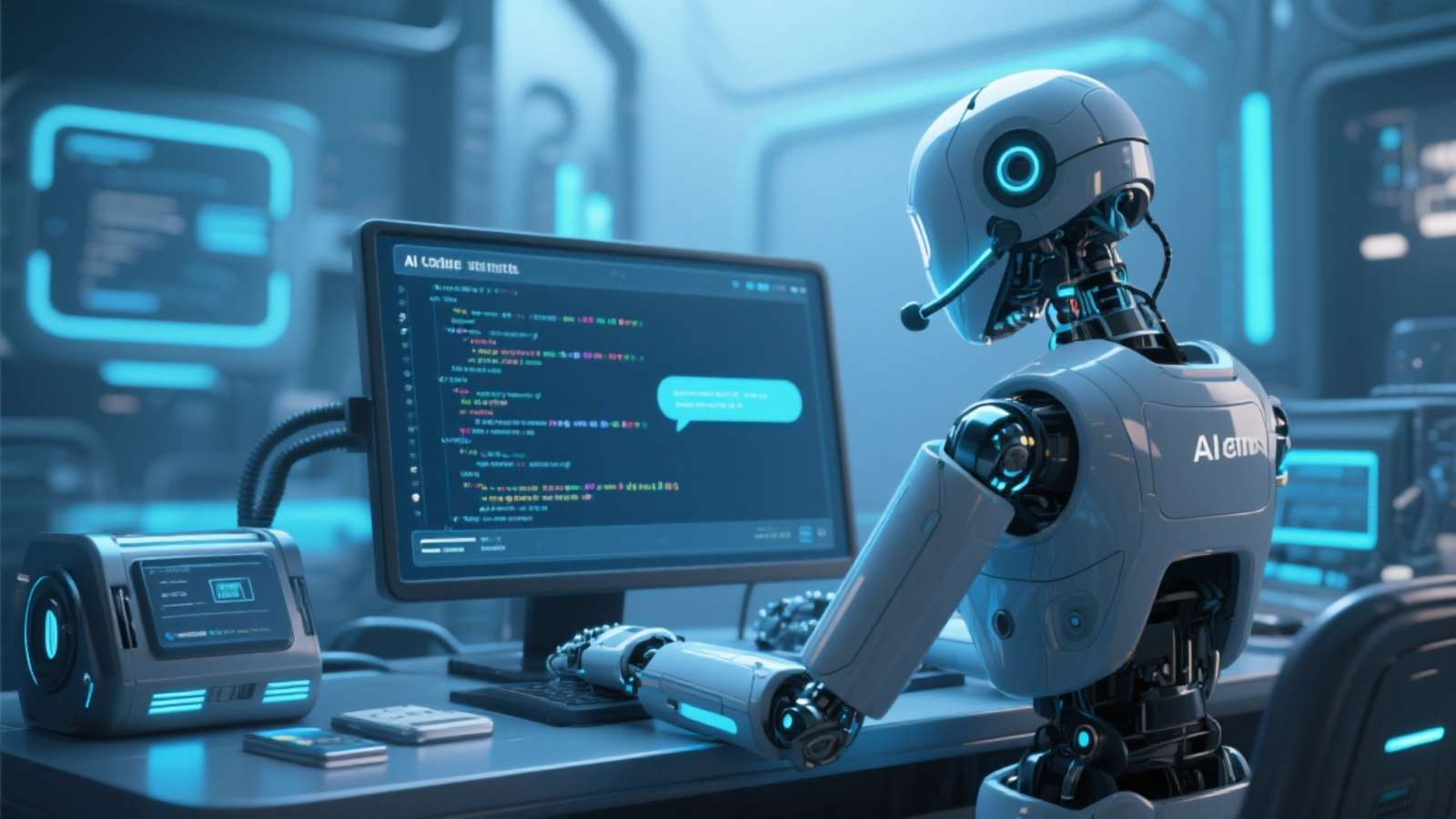Mo Gawdat’s recent warning that a “short-term dystopia” could begin around 2027 has reignited a debate many technologists and policymakers have been having for years: how fast will AI reshape work, and how prepared are societies for the disruption? As a former executive at Google X and an author who has spent years thinking about technology’s human consequences, Gawdat’s voice matters not because it is uniquely prophetic, but because it crystallizes a plausible scenario that deserves sober attention.

At the heart of the concern is a simple technical reality: the capabilities of machine learning systems, especially large language models and program-synthesis tools, have advanced rapidly. Tasks that used to require specialized training and human judgment—writing code, drafting reports, summarizing complex datasets, producing polished marketing copy—are increasingly within the reach of automated systems. In many domains, AI systems already function as competent assistants; their next evolutionary step could be greater autonomy and broader applicability. That’s what underlies the projection that many white‑collar roles could be deeply altered or displaced.
Which jobs are most exposed? Repetitive and pattern-driven work is naturally at risk. Software development has been one of the early areas affected: code generation tools can scaffold routine modules, debug common errors, and speed prototyping. Data analysis and business intelligence are similarly vulnerable where standard pipelines and templated insights dominate. Administrative roles that revolve around scheduling, documentation, and process compliance can be largely automated. Even creative roles—content creators, marketers, and some media professionals—face pressure from generative models that can produce believable text, imagery, and audio at scale.
But broad statements about “all jobs being gone” miss important nuances. Historically, technology waves have been disruptive but not uniformly annihilative: they destroy certain tasks, create others, and change the skill mix that employers demand. The distinguishing factor for the coming decade may be pace. If automation outstrips the ability of workers and institutions to adapt, transitory social pain could be severe: sudden unemployment in some sectors, intensified inequality, and political strain as labor markets and education systems struggle to keep up.
So what could individuals and society do to mitigate the risks and seize the opportunities?
At the individual level, three themes matter. First, cultivate skills that complement AI rather than compete directly with it. These include complex problem framing, judgment under uncertainty, interpersonal leadership, and deep contextual knowledge that integrates technical and domain expertise. Second, build AI fluency: knowing how to prompt, evaluate, and supervise AI systems will be a core competency across many roles. Third, prioritize lifelong learning and adaptability; short, modular reskilling programs and industry-recognized microcredentials will likely be more valuable than static degrees.
Organizations also have responsibilities. Employers should invest in transition pathways—internal retraining, job rotation, and redesigning roles so humans work alongside AI. Thoughtful adoption of automation can free human time for higher-value activities, but only if companies plan for the workforce implications.
At the policy level, incremental fixes will not be enough if disruption is fast and concentrated. Possible responses include strengthening social safety nets, expanding publicly funded retraining, and experimenting with policies like universal basic income to manage income shocks. Tax and labor policies may need to account for the increasing role of capital in production when automation reduces labor demand. Public investment in sectors likely to generate human-centered jobs—education, healthcare, climate resilience, and infrastructure—can also cushion transitions.
Regulation and governance are essential too. Transparency, auditability, and performance standards for deployed AI systems will reduce the risk of catastrophic failures and help preserve public trust. Policymakers should also consider rules that limit the misuse of automation in contexts where human oversight is critical—criminal justice, healthcare diagnostics, and safety-critical systems.
Finally, the cultural framing matters. If society treats automation as an existential threat to individual dignity, the response will be defensive and chaotic. If it is framed as a transformation that can expand human flourishing—provided the transition is managed—then a proactive agenda of education, governance, and social protection becomes achievable.
Predictions about specific years are inherently uncertain; technology timelines often surprise on both the upside and downside. Still, Gawdat’s central point—that society needs to prepare for faster, broader change—rings true. The next decade could indeed be turbulent, but turbulence is not destiny. With candid assessment, coordinated policy, corporate responsibility, and widespread investment in human capital, the transition can be steered toward broadly shared benefits rather than concentrated disruption. The choice before us is not whether change will come, but how we shape it.















暂无评论内容